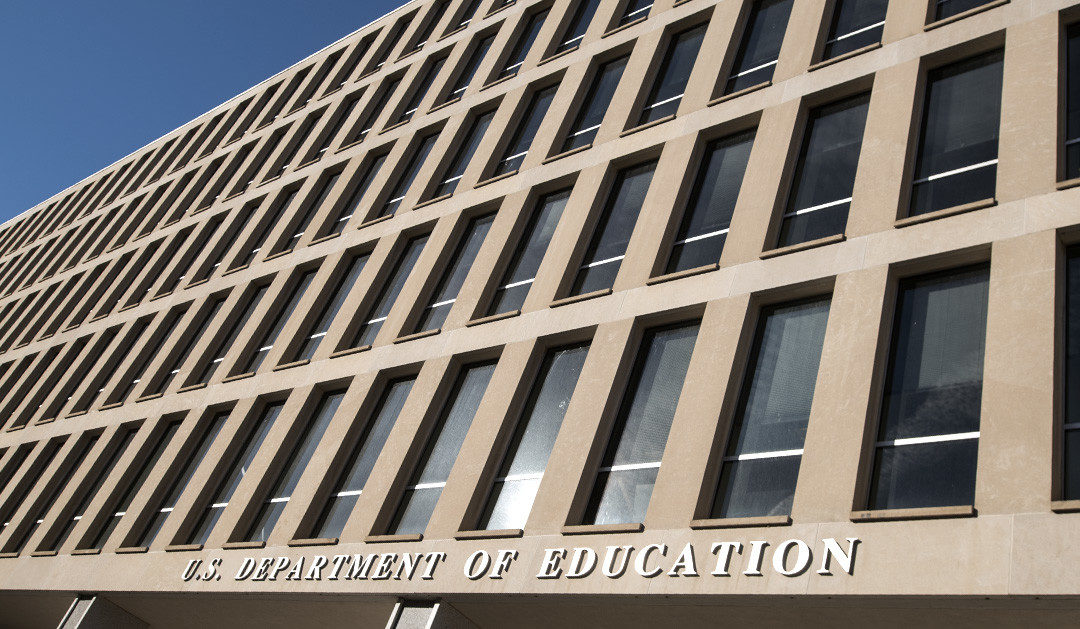
by Web Admin | Jul 19, 2018 | DC Updates
House Appropriations Committee Markup
July 12, 2018 (Caphill Partners)
The House Committee on Appropriations passed a fiscal year 2019 spending bill for the Departments of Labor, Health and Human Services and Education on July 11, with a partisan 30-to-22 vote.
A majority of the amendments centered around the treatment and policies for children separated from their parents at the border. Amendments regarding apprenticeship, Pell Grant awards, and job training all failed. No change was made to SCSEP funding.
House Committee Approves Labor Department Funding Cuts
July 12, 2018 (Bloomberg)
The bill would give the DOL $12.1 billion in discretionary appropriations, an $88.8 million decrease from the current funding level that expires Sept. 30. The bill seeks increases in apprenticeship and veteran job training funding. Some proposed cuts would remove some jobs programs. The bill also would rescind $200 million in unused training funds allotted to the department this year.
NLRB funding would shrink by $12.8 million to $261.3 million. Both proposed DOL and NLRB reductions are less than the cuts that the Trump administration sought in its budget request.
Read the full article here
How Underemployment Is Affecting The Job Market
July 15, 2018 (NPR)
While unemployment has hit record lows, there’s another number that also gets a lot of attention — underemployment. Around 33 percent of college graduates are underemployed.
Underemployment measures the number of workers placed in jobs that are below their qualifications from a bachelor’s degree and beyond. But the effects can be different, depending on the field of work.
Read the full article here
Summer Jobs Disappearing, Changing
July 5, 2018 (Forbes)
As the percentage of teens in the summer workforce has declined, the kind of jobs they are filling are changing as well. Increasingly, summer teen workers are punching time clocks in hotels and restaurants and decreasingly in stores.
Read the full article here

by Web Admin | Jun 29, 2018 | DC Updates
The Two-In-One Cabinet Agency
Politico (June 22, 2018)
The White House plan calls for merging “all of the existing” programs at the Education and Labor departments into a single new “Department of Education and the Workforce,” or DEW. The new combined education and labor agency would contain four major subdivisions that focus on K-12 education, workforce and higher education (including federal student aid programs), enforcement of labor and civil rights laws, and research.
Is this proposal a done deal? Not even close. Because many of the functions performed by the Education Department and the Labor Department are based in statute, it’ll be up to Congress to approve the shuffle. “It’s absolutely going to require congressional approval, no question,” said Max Stier of the Partnership for Public Service, a good-government nonprofit. “They’re talking about creating a new entity, and taking existing responsibilities from ED and Labor into it. It’s a long and steep climb to make this stuff happen.”
Read the full article here
The Modern Workforce Is Freelance – Cities Should Get Ready
Fast Company (June 27, 2018)
Last year, 238 cities across North America submitted themselves to Amazon as the hopeful site of its next headquarters, spurred by the promise of 50,000 high-paying jobs and $5 billion in investment. In January, the tech giant narrowed that pool down to 20.
Read the full article here
Five Things To Know About Labor Department’s New Health Plan Rule
Bloomberg (June 27, 2018)
Small businesses will soon have access to a new model of health care, following the release last week of a high-profile Labor Department rule. Here’s what you need to know about it.
The regulation expands access to a type of group health insurance known as an association health plan. The style of group health care isn’t new, but the loosened requirements under the DOL rule have the potential to dramatically alter small group and individual health care in the U.S.
Read the full article here

by Web Admin | Jun 22, 2018 | DC Updates
Trump Administration To Seek Merger Of Education, Labor Departments
Politico (June 20, 2018)
The Trump administration plans to advocate a merger of the Education and Labor departments as part of a sweeping government overhaul, according to two individuals familiar with the proposal who declined to be named because it’s not yet public.
The new combined agency, if approved by Congress, would be part of a broader government reorganization plan that could be announced as soon as Thursday, Politico reported. Mick Mulvaney, director of the OMB, has been working on the reorganization plan since his confirmation more than a year ago.
Read the full article here
House and Senate Labor-HHS Markups Set For June 26
Caphill Partners
The House Appropriations full Committee markup will be held at 10AM and the Senate Labor-HHS Subcommittee will markup at 11AM.
We are hearing that the House bill will pass along partisan lines, much like it moved through the Labor-HHS Subcommittee earlier this month, but that Democrats will be offering a host of message amendments that will not be offset and likely to fail along party lines.
We expect the Senate Labor-HHS to move through Subcommittee on a bipartisan basis. Full Committee consideration could occur later next week in the Senate, but has not yet been scheduled.
Obamacare Alternative Coming From Labor Department
Fox Business (June 19, 2018)
The Labor Department on Tuesday announced the approval of Associated Health Plans (AHPs), a ruling that will let small businesses, including sole proprietorships, to jointly buy bulk health insurance — a cheaper and more flexible option than ObamaCare.
Read the full article here
What’s Really Going On With Wages
CNN Money (June 13, 2018)
With unemployment near historic lows, there seems to be just one missing piece in the economic recovery: Wage growth.
Take-home pay picked up in 2015 and 2016, but it has since flattened out at annual growth rates that remain substantially below the 5% that workers enjoyed prior to the Great Recession.
Read the full article here



